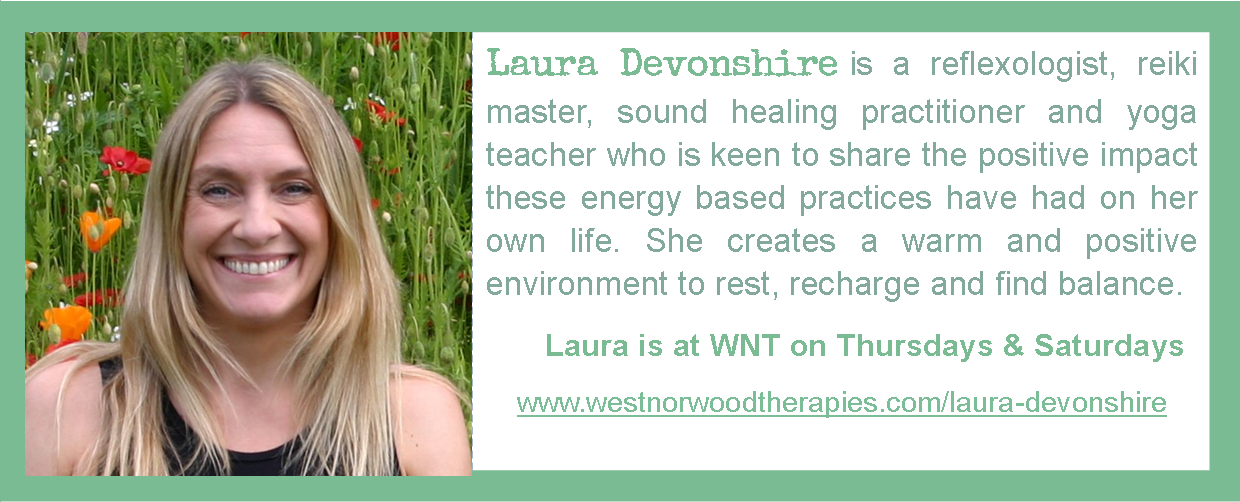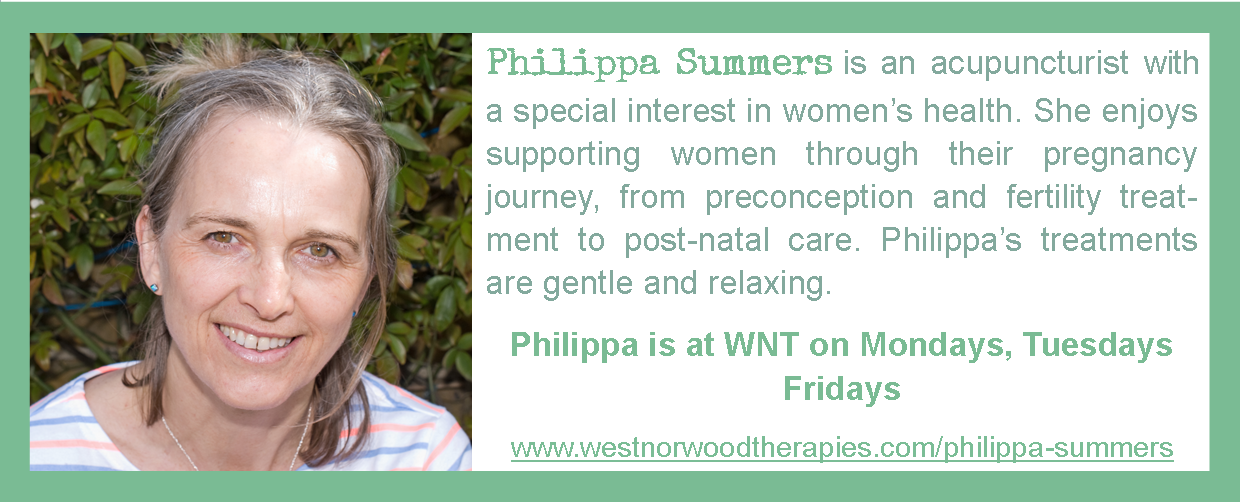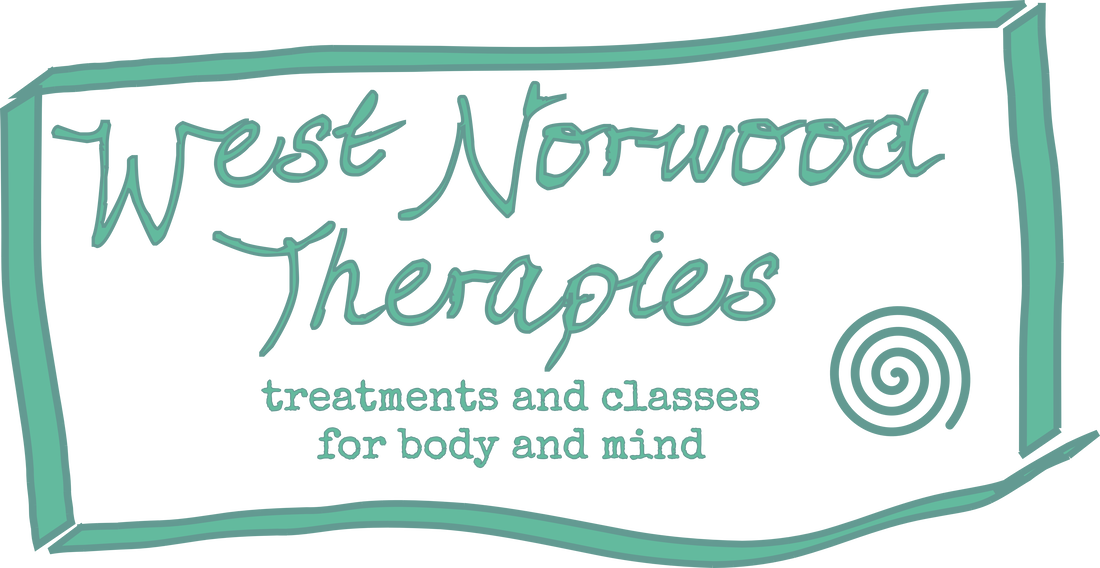|
Sports massage therapist and WNT's resident professional dancer, Lauren, shares the myriad benefits of dancing and encourages you to have a go to boost your wellbeing in honour of today's International Dance Day In 1982, the International Dance Day was first celebrated marking the birthday of Jean-Georges Noverre (1727-1810), the creator of modern ballet. International Dance Day was started to spread the message of the benefits of dance, celebrate dance and bring people together. The benefits of dance, to me, are endless. It is physically invigorating, allows creativity to blossom and encourages a social atmosphere. For me, dance is therapy. There is a sense of letting go, of releasing and feeling lighter in yourself. It is a full body experience, including the mind and spirit. If you’re feeling a bit stressed or a bit stuck in a routine, I highly encourage you to put on some music and let your body follow it. Most likely you will feel a little self-conscious in yourself at first, and it will feel hard to find the first ‘move’. Don’t worry about moves or steps, just start off by swaying a little to the music and let your body follow naturally in the flow of movement. It doesn’t have to be a spectacular ‘dance’, we are just dancing. As a professional dancer, a lot of my life is consumed by dance. Maintaining technique and broadening my versatility of styles is something that I work on every day. When you’re a dancer by trade, you’re a dancer in life. This day is a celebration for those who see the value and importance of the art form ‘dance’, and acts as a wake up call for governments, politicians and institutions which have not yet recognised its value to the people and to the individual. The pandemic has hit all of us hard, but especially the dance and theatre industry. We have not been allowed to perform for over a year now. For some, it has been too much and artists and friends have already started pursuing other careers. But for those that have remained through it all, I have seen the sheer guts and resilience of dancers and artists, fighting for their artistry and freedom to dance. Dancing in living rooms, bedrooms, kitchens, gardens, and zooming in to classes from all over the world because we simply can’t stop. We can’t stop because dancing feels good! I believe there’s a dance style out there for everyone and encourage you to find yours. Here’s a ‘short’ list: ballet, jazz, modern, tap, contemporary, swing, lindy hop, hip hop, jive, ballroom, salsa, samba, street jazz, krumping. Look and see what there is in your local area, classes will be back in the studio from 17th May! And when you’ve started your new dance hobby, look after your body by coming to see me at West Norwood Therapies for a sports massage! I absolutely love how being a dancer informs my work as a massage therapist. I'm particularly interested in improving clients’ range of movement and flexibility to give them freedom in their bodies.
0 Comments
April is Stress Awareness Month and our pro de-stresser Laura shares some information about different aspects of stress and how it can impact us with some suggestions as to how you can support yourself in times of undue stress and strain Stress is the body's reaction to feeling threatened or under pressure. It affects everyone, of all ages, in different ways and is an unavoidable part of life. According to the Mental health Foundation 74% of UK adults have felt so stressed at some point over the last year they felt overwhelmed or unable to cope. When we think of the word stress it usually comes with a negative bias, however, stress isn’t always a bad thing. It makes me think of the Goldilocks Principle: too hot, too cold and just right…
Eustress is defined as a positive form of stress. It has a beneficial effect on health, motivation, performance, and emotional well-being. It is perceived as being within our coping abilities, feels exciting and is short-term. Distress is defined as a negative form of stress having a detrimental impact on health and wellbeing. It triggers feelings of anxiety and overwhelm, decreases focus and motivation, contributes to mental and physical problems and can be both short and long-term. It is interesting that both expressions, eustress and distress, stem from the body’s primal reaction to stress: the Fight or Flight Response. Let’s explore this a little further… The Autonomic Nervous System (ANS) is the involuntary part of the Nervous System that regulates processes in the body that we cannot consciously influence, including: respiration, heart rate, blood pressure, digestion, metabolism, sexual response, body temperature, electrolyte balance, urination and defecation. The ANS is constantly receiving information about the body and its external environment. It sends signals from the brain and passes them on to the body and also send signals from the body to the brain via neurotransmitters. The ANS has two main divisions: Sympathetic Nervous System (SNS) aka Fight or Flight. The SNS enhances voluntary muscle activity while shutting down all non-essential functions (ie: digestion, urination). It releases a combination of hormones and chemicals including epinephrine, cortisol and norepinephrine to increase the heart rate, blood pressure and respiration, blood is diverted to the muscles, the body releases stored energy, muscular strength is increased, pupils dilate, and palms sweat. Parasympathetic Nervous System (PNS) aka Rest, Digest, Repair The PNS role is to conserve and restore. It is responsible for the bodily functions when we are at rest, slowing the heart rate and respiration, decreasing blood pressure, increasing digestion, stimulates normal peristaltic smooth muscle movement of the intestines, and increases urination. The two divisions work together to ensure that the body responds appropriately to different situations. Recognising stress: Acute vs Chronic Stress
The body is able to cope with acute, short-term stress, it is what has kept humankind alive for millions and millions of years. If we think back to our pre-historic ancestors, a classic case of a Fight-or-Flight response for a caveman would be to the imminent physical danger of sabre-toothed tiger! The stress response was triggered as a means of survival. Once the threat has gone it takes between 20 to 30 minutes for the body to return to its pre-arousal levels. In our modern world a physical fight-or-flight response can happen if jumping out the way of an oncoming vehicle or encountering a growling dog when out for a walk. We also experience the same chemical response to situational stresses: managing work commitments, juggling personal, family and friend’s needs, financial concerns, big life events, health etc…. Sometimes, the fight-or-flight response is overactive and the body stays in a prolonged and consistent state of stress. Chronic stress happens when the body is constantly reacting to stress and is not fully able to recover. Prolonged exposure to fight or flight responses (high cortisol, epinephrine and norepinephrine) take their toll on the body and can lead to a number of serious problems, including: burn-out, exhaustion, lowering immunity and experiencing an increase in colds and infections, gastrointestinal problems, cardiovascular disease, menstruation problems, sexual dysfunction and mental health problems with anxiety, depression and panic attacks and a number of other conditions. What can we do about it? Stress looks different to each person so it’s really helpful to be aware of your own stress triggers and how you respond to them. Knowing and recognising your own triggers and behaviours is really powerful so you are able to identify them as they happen, by doing so you can then choose how you want to respond in that moment. How can I help myself?
References: The Autonomic Nervous System https://www.msdmanuals.com/en-gb/home/brain,-spinal-cord,-and-nerve-disorders/autonomic-nervous-system-disorders/overview-of-the-autonomic-nervous-system Sympathetic Nervous System https://biologydictionary.net/sympathetic-nervous-system/ Stress Symptoms https://www.webmd.com/balance/stress-management/stress-symptoms-effects_of-stress-on-the-body The Stress Response https://www.visiblebody.com/blog/the-endocrine-system-the-adrenal-glands-and-the-stress-response Acupuncturist Philippa Summers, who has a special interest in fertility, shares some helpful resources around supporting the often overlooked area of male fertility. here is a growing movement among men and male fertility specialists to encourage the issue of male fertility into the open, improve awareness and access to help, both specialist and peer support. Prompted by watching a BBC program on male fertility with comedian Rhod Gilbert aimed at opening up the conversation and garnering more support, I have put together some resources. I hope they will be useful to men facing fertility issues, especially if they are feeling isolated and unsure of where to turn. It is also National Infertility Awareness Week.
In couples struggling to conceive male factors contribute almost 50% of the time and are often overlooked, especially so when an identifiable contributing issue has been identified in the woman, and this can leave many male issues underdiagnosed and undertreated. It can leave couples struggling often with an over reliance on IVF, which may give you a chance of navigating around a problem but will not rectify an issue, and the emotional, physical and financial burden IVF imposes is comparatively very high. Where male factors have been identified men often bear it alone, harbour their feelings and find it difficult to discuss these very private issues with anyone, including their partner, friends or family. It can be very isolating, impacting on almost every aspect of their life. It can also be a source of conflict within couples, allowing resentments to build up and adding to the already considerable strain. So where can you find support, advice and treatment? Here are some resources that you may find helpful regardless of where you are on your fertility journey, be it starting out and looking for lifestyle advice to help improve sperm and semen, or somewhere down the road and looking at getting investigations, treatment or support. Maybe to begin with you just want to find out that you are not alone and have a chance to listen to other men’s experiences and how they are coping. Be selective so that you are not overwhelmed with information. Included are resources that you can access anonymously or listen to on your own where your privacy is important. Acupuncture A quick mention of the benefits of acupuncture. For men with suboptimal semen parameters acupuncture has been shown to improve the number of normal sperm by improving sperm count, movement and shape – all important factors for improving fertility. Typically the needles are placed in the arms, legs, back and abdomen – never locally! It is also extremely relaxing and helpful for coping with stress and low mood. Information Fertility Network UK have plenty of good up to date information on all aspects of fertility including male fertility. This is a good starting point for information. The Fertility Podcast website has several episodes that focus on male fertility. Each podcast is accompanied by notes to help you find those that are likely to be of most interest and relevance to you. They include personal stories, which can help to break down the stigma and isolation, and interviews with male fertility specialists to help understand where different tests and treatments fit in as well, as providing tips for improving your fertility. Specialist Consultations and info Your GP is usually the first port of call for accessing specialist help. Ask to see a GP in the practice with particular knowledge of male fertility. They should offer you a comprehensive semen analysis and a physical examination with NHS referral to a specialist Andrologist (men’s equivalent of a gynaecologist) where appropriate. This is something you can request giving you the same level of investigation as is routinely offered to women. Prof Sheryl Homa and her team at Andrology Solutions , an HFEA licensed male fertility clinic, have exceptional knowledge of male fertility and provide diagnosis and support for men who are trying to conceive. They are a private clinic and you can self refer. They also have some very useful information on their website. Consultant urologist Jonathan Ramsay is one of the leading experts in male fertility. His website has a wealth of information including the latest advances in research and guidelines. He is available for private consultation. Nutritionist Melanie Brown specialises in helping men and women with fertility, IVF and pregnancy. The right nutrition and supplements provide a solid foundation for overall good health as well as fertility and can make all the difference. Men Only Support Groups Here are a couple of groups where you can connect with other men going through similar problems. Men’s Fertility Support – a men only Facebook group where men can discuss male fertility issues anonymously. It says IVF/IUI/ICSI but may be broader than this. Fertility Network Uk run a regular Zoom support group for men only (which you can join with your camera off if you wish to remain anonymous). On the linked page it mentions an April date but as of Feb 2021 it is still running. Film, TV and radio programmes Comedian Rhod Gilbert ‘Stand Up To Fertility’ on BBC2. While undergoing treatment himself comedian Rod Gilbert goes on a frank, revealing and frequently funny journey into the world of male infertility. BBC Radio 4 Benjamin Zephaniah discusses his experience of male infertility with urologist Kevin McEleny, and also talks separately to a couple, Richard and Terri, about their experiences of male fertility issues. Also BBC Radio 4 My Life as a Childless Man. Writer and actor Rod Silvers talks about his experience and the isolation that it can cause. He encourages men to find ways to speak about it, something he still finds difficult. LGBTQ+ Community The Agora Journals podcasts – from The Agora Clinic in Hove. They treat heterosexual couples and solo parents but also have a deeper awareness than many clinics of the needs of the LGBTQ+ community, including people who are transitioning for whom egg and sperm preservation before transition is important. I hope that among this selection you find something that helps you, whatever your circumstances. Very best wishes, Philippa |
AuthorBlogs from the WNT team. For our blogs from before June 2020 please see individual profile pages - it's a good way to get to know practitioners too. Archives
June 2024
Categories
All
|
|
Visit us - by appointment only please - in the office block in the Access Self Storage premises at 443 Norwood Road, London, SE27 9DQ
[email protected] Phone - please contact practitioners directly, or if not in a rush you can leave a message for us to call you back at 07931876931. |










 RSS Feed
RSS Feed
